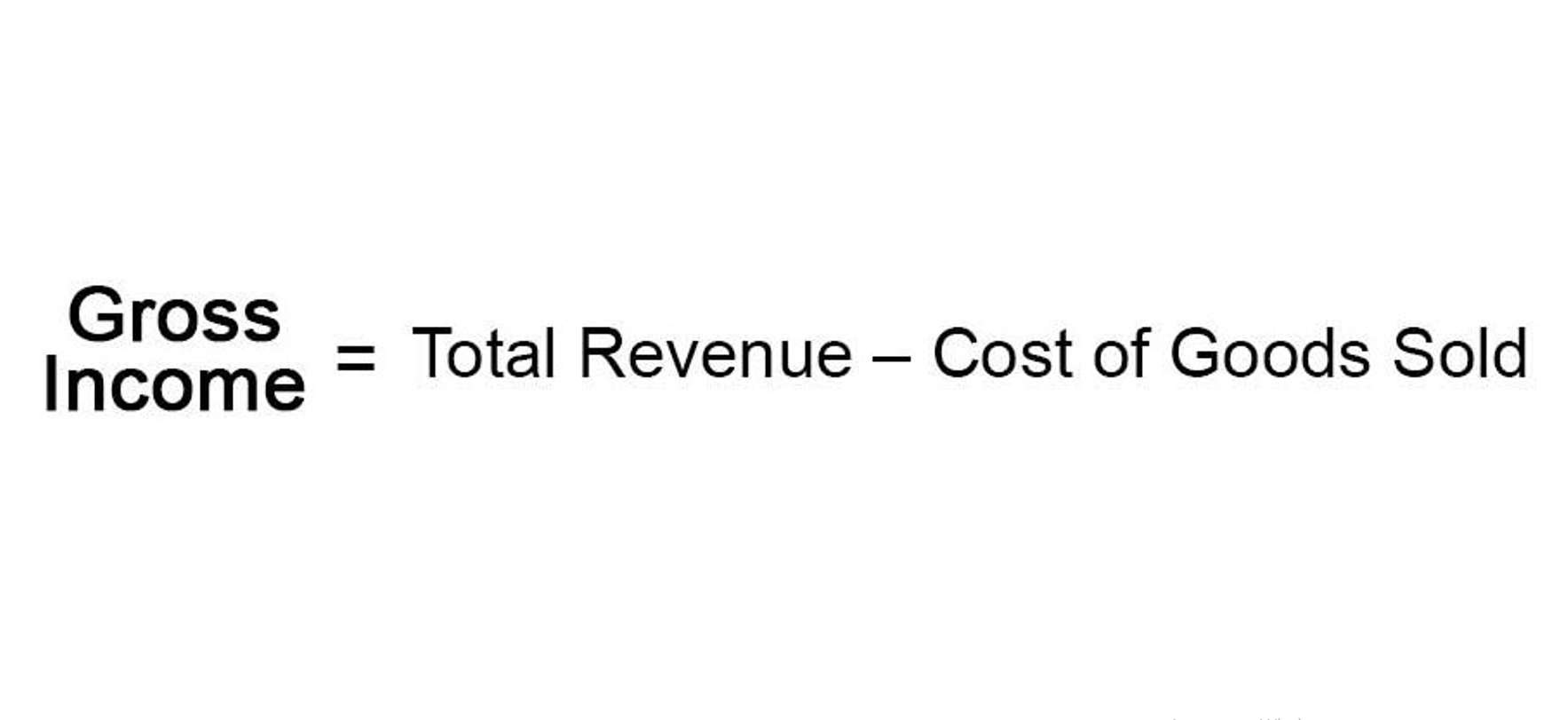Geralt z Rivii Zobacz Postać Wiedźmin
W 2019 roku na platformie Netflix zadebiutowała amerykańska serialowa adaptacja, której pierwsza seria również bazuje na wybranych opowiadaniach. Scenarzystami są Lauren Schmidt Hissrich, Declan de Barra, Beau DeMayo, Haily Hall, Jenny Klein, Sneha Koorse i Mike Ostrowski. Dodatkową niepewność wprowadza scena spotkania Nimue z Geraltem w Sezonie burz, którą można także różnie interpretować. Geralt wyrusza w pościg za Salamandrą w kierunku Wyzimy, gdzie spotyka i poznaje osoby ze swojej przeszłości oraz wplątuje się w konflikt pomiędzy Zakonem Płonącej Róży, a Scoia’tael. Geralt jest przede wszystkim przybranym ojcem i mentorem dla Ciri, osieroconej po najeździe Nilfgaardu księżniczki z Cintry. Najsłynniejszy chyba wiedźmin Cechu Wilka, Geralt z Rivii, jest chodzącą legendą.
Dochodzi także do konfrontacji Geralta z Letho, w której Biały Wilk ponosi porażkę. Wkrótce potem wiedźmin może wybrać czy w dalszy pościg za swoim wrogiem ruszy z Vernonem, czy Iorwethem. Ostatecznie Geralt został wiedźminem i wyruszył w świat w poszukiwaniu kolejnych zleceń, jeżdżąc na klaczach, którym zawsze nadawał imię „Płotka”. Z czasem dorobił się przydomku „Rzeźnik z Blaviken”, kiedy w rzeczonej miejscowości zabił w walce Renfri oraz wszystkich członków jej bandy. Podczas podróży poznał trubadura Jaskra, który z czasem został jego przyjacielem. Jakiś czas później, w miejscowości Rinde, spotkał czarodziejkę Yennefer z Vengerbergu, z którą splątał swoje przeznaczenie poprzez życzenie wypowiedziane dżinnowi – Yennefer ostatecznie zostaje jego partnerką.
Serial Netflixa – Wiedźmin
Na mocy prawa niespodzianki Geralt powiązał się przeznaczeniem z Ciri – tajemniczym dzieckiem, Lwiątkiem z Cintry. Ich przygody, a także wielu innych napotkanych przez nich postaci, mają miejsce w czasie wielkiej inwazji Cesarstwa Nilfgaardu na Królestwa Północne. Poza trudnościami jakie napotyka na swojej drodze, wiążąc się z czarodziejką Yennefer, Handel strategii dla początkujących Geralt bierze udział w bezwzględnej grze wywiadów wojskowych. Chcąc dbać o swoich bliskich, wiedźmin stara się chronić ich, jednak nadal na przekór wszystkim zachować neutralność w ogarniętym wojną świecie .
- Po pozornej śmierci, po ataku tłumu podczas Pogromu nieludzi pod koniec wiedźmińskiej sagi, Geralt powraca do życia, nie pamiętając szczegółów swojego powrotu ani ostatnich pięciu lat życia.
- Z czasów szkolenia miał towarzysza i przyjaciela Eskela oraz prawdopodobnie Lamberta.
- W przerwie między zabijaniem potworów Geralt oddawał się zwykłym ludzkim uciechom, takim jak picie piwa , gra w kości , walka na pięści oraz chędożenie.
- Podczas szturmu na Zamek La Valette, król został zabity z ręki Letho z Gulety, a Geralt został posądzony o zabójstwo i wtrącony do lochu.
Gra Wiedźmin
Geralt okazuje się również niezwykle biegły w rozwiązywaniu trudnych i czasami ponurych sytuacji oraz jako człowiek, częściej decyduje się na rozwiązania bardziej dyplomatyczne niż Analiza na żywo przed Powellem siłowe. Długość życia sprawiła, że stał się człowiekiem znużonym światem, często wyrażającym pogardę i okrutne obelgi wobec tych, których uważa za okrutnych, głupich itp. Potrafił zaryzykować przyszłością Temerii, aby ocalić Triss Merigold przed Nilfgaardczykami. Został również pokazany, prosząc Scoia’tael, aby oszczędzili Jaskra i zabili tylko jego. Pomimo swojej pozornie zimnej natury Jaskier zauważył, że za jego powierzchownością kryje się zaciekle lojalny przyjaciel, człowiek o dobrym humorze i ktoś, kto nie jest obojętny na cierpienie innych.
Jaskier
Sapkowski stworzył Geralta z Rivii na potrzeby opowiadań w czasopiśmie „Fantastyka”, ale to cykl książkowy stanowi główny trzon historii o wiedźminie. Krew elfów, Czas pogardy, Chrzest ognia, Wieża Jaskółki i Pani Jeziora to tytuły pięciu powieści składających się na sagę fantasy. Akcja Krwi elfów z 1994 roku jest kontynuacją wcześniejszych opowiadań (zebranych w tomach Ostatnie życzenie oraz Miecz przeznaczenia), gdzie oprócz Geralta główną bohaterką jest księżniczka Ciri. Kolejne tomy stanowią opowieść o losach polującego na potwory wiedźmina, jego relacji z czarodziejką Yennefer czy nieustannej walce z przeznaczeniem.
Jak dużo wiecie o “Wiedźminie”?
Andrzej Sapkowski przyznał kiedyś, że wiedźmińskie lata płyną wolniej niż ludzkie i Geralt zawsze będzie wyglądał na młodszego, niż w rzeczywistości jest. W trakcie akcji Chrztu ognia wiedźmin miał, według treści wywiadu z Sapkowskim, ponad pięćdziesiąt lat. XX wieku zadebiutował na łamach „Fantastyki”, ale dziś można spotkać go w wielu innych tekstach kultury. Szczególnie warte uwagi, poza sagą Sapkowskiego, są gry komputerowe studia CD Projekt RED, amerykański serial Netflixa czy polski film z 2001 roku. Podczas dalszej podróży po Królestwach Północy Geralt poznaję intrygę Loży dotyczącą morderstw ważniejszych królów. Jest też świadkiem ważnych politycznych przemian, do niektórych zresztą sam się przyczynia.
Wiedźmin w końcu zabija samego Jakuba de Aldersberg oraz łamie jego iluzję. Po ukończeniu wiedźmińskiego szkolenia rozpoczął swoją przygodę ze światem wraz ze swoim koniem, Płotką, by zostać płatnym zabójcą potworów. Geralt z Rivii FxPro SuperTrader Forex Platforma handlowa jest głównym bohaterem książkowej sagi Andrzeja Sapkowskiego i gier z serii Wiedźmin. Jest tytułowym wiedźminem, ulepszonym magicznie mutantem, który zabija potwory za pieniądze, i przybranym ojcem Ciri. Tam poddany został licznym mutacjom i przeżył Próbę Traw, zyskując nadludzkie zdolności fizyczne i psychiczne. Ponieważ lepiej od innych znosił zmiany związane z mutacjami, dokonywano na nim coraz bardziej niebezpiecznych procedur, wskutek których stracił cały pigment.








